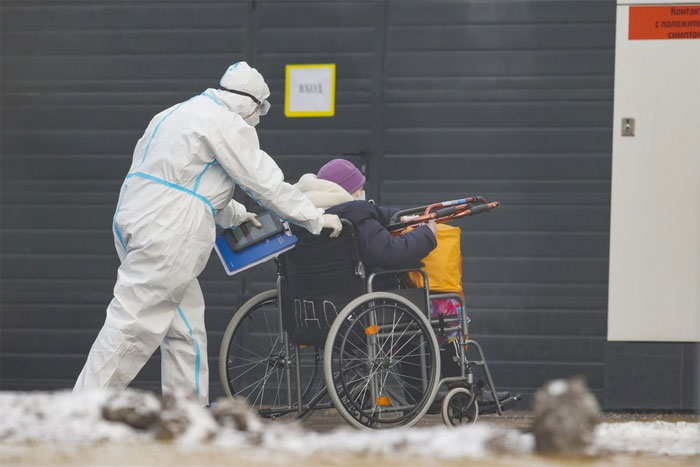American scientists have developed a new drug capable of promoting cell regeneration and reversing paralysis in mice with spinal cord injuries.
The research was conducted by a team of scientists from Northwestern University and published in the journal Science on November 11. The scientists hope that the U.S. Food and Drug Administration will allow clinical trials of this treatment drug as early as the beginning of 2022.
In the study, the research team utilized nanofibers to mimic the structure of the extracellular matrix, which is a network of molecules surrounding tissues that support cells.

The development of this new drug opens up hope for paralyzed patients to walk again. (Photo: THX/TTXVN)
Each nanofiber is about 10,000 times thinner than a human hair and is created from hundreds of thousands of bioactive molecules known as peptides, which have the ability to transmit signals to promote nerve regeneration.
The scientists made an incision along the spine of the experimental mice and then injected a gel into the tissue surrounding the spinal cord. This entire process was completed within 24 hours. Four weeks later, the mice treated with this therapy were able to walk almost as before their spinal cord injury.
Continuing to monitor the effects of the treatment on cells, the scientists observed significant improvements in the spinal cords.
Lead researcher Samuel Stupp stated that the gel developed by the team could pave the way for a new generation of drugs called “supermolecular drugs”, as this therapy combines multiple molecules rather than a single molecule.
According to the research team, this therapy is quite safe because the materials used are biodegradable within a few weeks and become nutrients for cells.
The scientists noted that the new therapy also helps reconnect neurons, also known as axons, minimizing scar tissue, which is considered a barrier to regeneration. Additionally, an insulating layer around the axons called myelin, which plays a crucial role in speeding up electrical communication between nerve cells, was also regenerated, while blood vessels were formed.
An important finding by the research team was the creation of a specific mutation in the molecules, which promoted the movement of these molecules. According to Stupp, receptors in neurons naturally move, and enhancing the movement of therapeutic molecules in the nanofibers will help connect these fibers more effectively, allowing patients to regain mobility.
In fact, the researchers tested two treatment versions – one version with the mutation and one without – and found that the mice receiving the mutated version recovered more functions.
According to official statistics, nearly 300,000 people in the U.S. live with spinal cord injuries. The lifespan of these individuals is shorter than that of healthy individuals.

















































